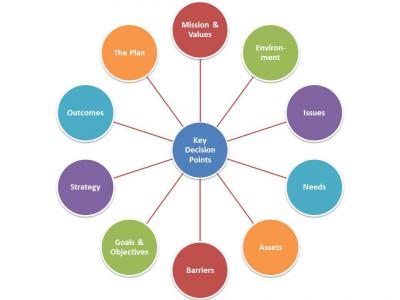Developing a State Plan on Aging
Section 307(a) of the Older Americans Act requires each state agency to develop a State Plan on Aging, conforming to criteria outlined by the Assistant Secretary on Aging. Section 306 of the Older Americans Act indicates that states are also required to develop a uniform format for Area Agencies on Aging (AAAs) to use in developing Area Plans.
While the Older Americans Act is an important funding source for states, state agencies on aging and AAAs have other increasingly important programs for which they are responsible. The Administration for Community Living expects State Units on Aging (SUA) to develop comprehensive plans that provide direction to states’ implementation of long-term care reforms. The programs that come under the jurisdiction of SUAs and AAAs also bring additional planning requirements to which SUAs must respond.
It is the intent of the Administration for Community Living that the Aging Network move toward a coordinated, systematic, and consistent planning process to ensure that the State Plan on Aging developed for the OAA also takes into account the larger world of SUA/AAA planning.
The goal is to assure older Americans and their families a seamless, comprehensive service system, which is responsive to individual needs and preferences.
To access the latest ACL guidance for state plans on aging, click here.
To access the new ACL guidance equity complement, click here.
To access a checklist for implementing the state plan guidance in State Plans on Aging, click here.
The Planning Process
There is no one "right" way to do planning. While every state and AAA in the nation is expected to develop a State Plan on Aging, each state and AAA brings to the planning table a wide range of resources, experiences, and expectations. Some states have created a “Planning Unit or Division” to oversee the State Plan, collect and analyze data, and monitor Plan implementation. Others assign a single planner the task of State Plan development. Still others expect all program managers to take on planning tasks and/or assign specific planning functions to staff as needed.

Key Decision Points
- Mission & Values
- Environmental Scanning
- Issues Identification
- Needs Identification
- Assets Identification
- Barriers Identification
- Goals & Objectives
- Outcomes & Performance Measurement
- The Plan

